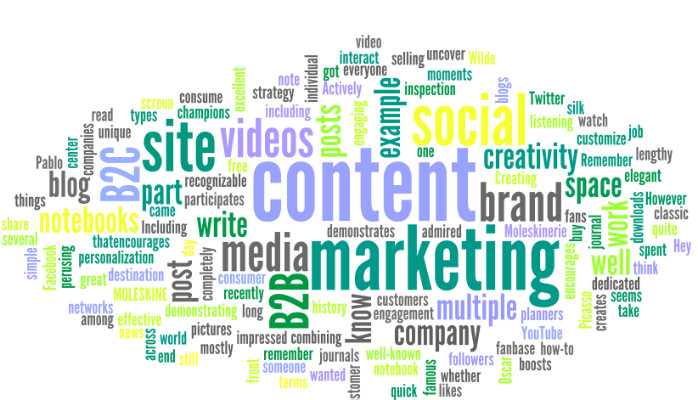
How to Tell the Difference Between Inbound and Outbound Marketing
Inbound Marketing Is Growing World-Wide
HubSpot is a company that provides inbound marketing services. Each year, it conducts a comprehensive survey called “The State of Inbound.” In 2015, it surveyed almost 4,000 marketers from over 150 countries, the vast majority of which weren’t affiliated with HubSpot.
Analysis found that inbound marketing is the key strategy for companies with fewer than 200 people, while larger companies split their investment strategy pretty evenly between inbound and outbound marketing. If you don’t feel comfortable that you’ve mastered inbound marketing, now’s the time to learn more.
How to Spot Outbound Marketing
It may seem like marketing is marketing, but there are specific definitions for inbound and outbound. Outbound marketing focuses on a shotgun approach to getting your company’s marketing message out to everyone. It’s usually costly and doesn’t target prospects very well. In addition, only a small percentage of people who receive the message turn into customers. Examples include:
- Television and radio
- Print advertising
- Direct mail
- Cold calls
How to Spot Inbound Marketing
Inbound marketing focuses on attracting high-value prospects. Tactics are less sales-y and focus more on providing education to help prospects make an informed choice about your product or service. There’s an emphasis on cultivating prospects to form long-term relationships. Examples include:
- Online content marketing
- Social media visibility
- Online ads targeting specific prospects
- Lead cultivation using automated and in-person tactics
Why Inbound Marketing Is So Popular
In part, inbound marketing is a response to the fact that people are learning to ignore typical outbound tactics. People record TV shows and fast-forward past the commercials, they regularly clear the spam out of their email inbox without reading it, and they’re getting better all the time at avoiding telemarketers.
Inbound marketing recognizes the fact that people get tired of the noise in our world today. With a very well-defined target audience, inbound marketing’s goal is to get the marketing message to people who are really interested in the information. There are other benefits, too.
- You Spend Less - The cost of writing and publishing blog posts and running Facebook ads is much less than the cost for television ads, radio ads and direct mail.
- You Won’t Get Tuned Out - Inbound marketing helps people who are curious about your message find you. Outbound marketing’s goal is to get the message to everyone, regardless of whether or not they’re interested.
- You Establish a Dialog - Inbound marketing doesn’t feel like marketing. You’re providing information, prospects are engaging with you on the internet, and you’re giving them time to decide.
You’ll experience the difference between inbound and outbound marketing when you stop chasing your customers and let them come to you.